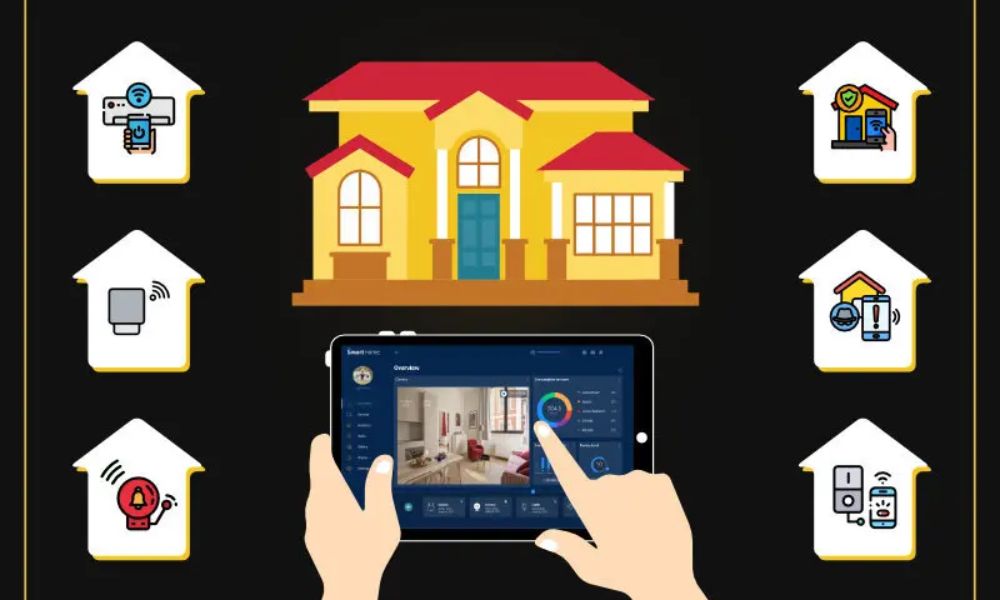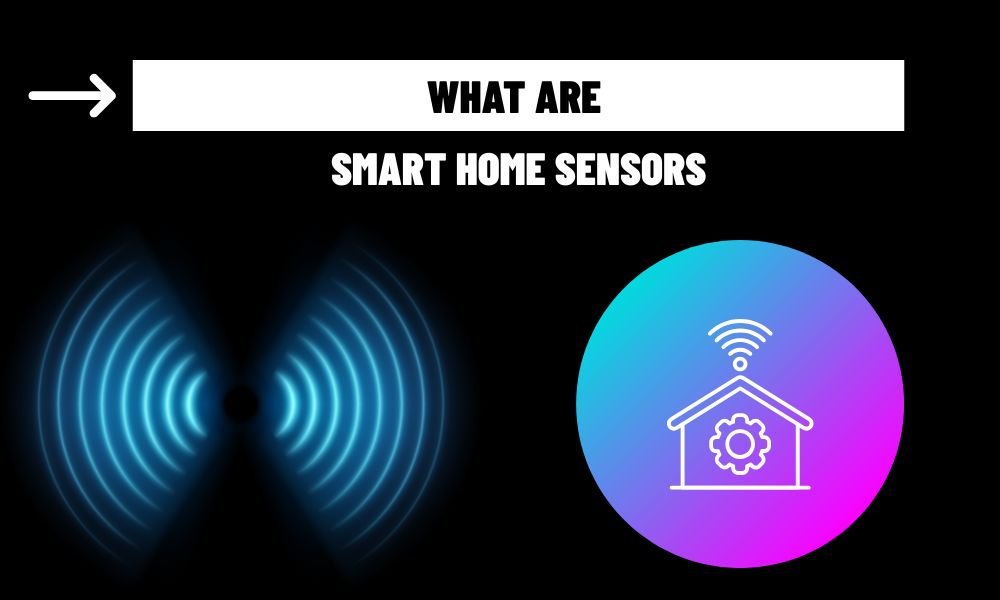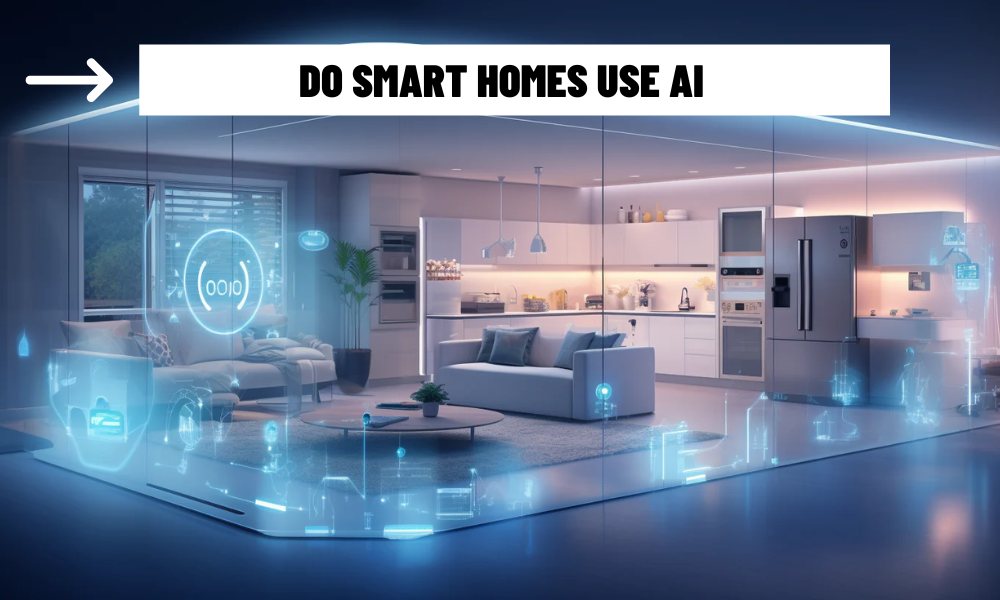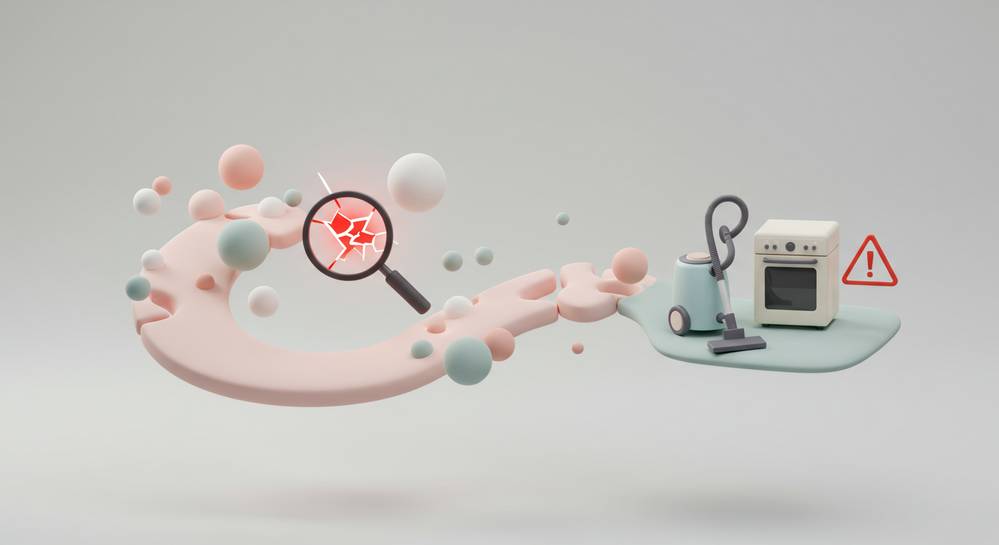Smart home sensors transform houses into intelligent environments by detecting changes and enabling automated responses. These devices rely on sophisticated technologies to monitor conditions and communicate with smart systems. This article explores the core technologies powering smart home sensors, their role in home automation, and future innovations.
Contents
What Are Smart Home Sensors?
Smart home sensors are electronic devices that monitor environmental or physical changes and communicate data to a smart home system for action. Unlike traditional sensors, they integrate with networks using protocols like Wi-Fi, Zigbee, or Z-Wave, allowing remote control via apps or hubs.
For instance, a motion sensor in a Philips Hue system detects movement to activate lights, while a temperature sensor in a Google Nest thermostat adjusts heating for optimal comfort. These sensors are designed to be compact, energy-efficient, and responsive, making them essential for automation and real-time decision-making in smart homes.
Core Technologies in Smart Home Sensors
Smart home sensors combine hardware and software to function effectively:
Sensing Mechanisms: Sensors use technologies like infrared for motion detection, thermocouples for temperature, or photodiodes for light levels. For example, a Ring contact sensor uses magnetic fields to detect door openings.
Connectivity: Protocols like Wi-Fi, Zigbee, or Thread enable sensors to transmit data to hubs or apps. Zigbee’s low-power design, used in Aqara sensors, extends battery life.
Processing: Sensors process data locally for instant actions, like triggering a light, or send it to cloud platforms for analysis, as in Arlo’s motion-activated cameras.
Integration: Sensors work with AI and IoT platforms to execute complex tasks, such as a humidity sensor adjusting a smart air conditioner.

Role of sensors in Smart Homes
These technologies allow sensors to drive key smart home features. Motion sensors enhance security by activating alarms, while temperature sensors optimize energy use in HVAC systems. Leak sensors, like those from Flo by Moen, prevent water damage by detecting moisture and alerting users. By connecting to centralized systems, sensors create cohesive automation, such as a “goodnight” routine locking doors and dimming lights.
Advantages and Concerns
Sensor technologies make homes more convenient and cost-effective by automating tasks and reducing energy waste. However, vulnerabilities like hacking risks or connectivity disruptions require robust encryption and offline capabilities. User-friendly standards like Matter are also improving device compatibility.
The Future of Smart Home Sensors
The evolution of smart home sensors is poised to accelerate with technological advancements. AI will enhance sensor precision, enabling them to differentiate between meaningful events, like distinguishing a resident from an intruder. Energy-harvesting sensors, powered by ambient light or motion, will reduce reliance on batteries, improving sustainability.
Multi-sensor devices, combining functions like air quality and motion detection, will streamline installations. Integration with health-focused technologies, such as sensors monitoring indoor pollutants, will also promote wellness. As connectivity standards like Matter gain traction, sensors will work more cohesively, creating smarter, more intuitive homes.
The technologies behind smart home sensors—sensing mechanisms, connectivity, and AI integration—enable homes to respond intelligently to their environments. Despite challenges like security, ongoing innovations are making sensors more powerful and secure. As these technologies evolve, smart home sensors will continue to redefine convenience and efficiency in modern living.



